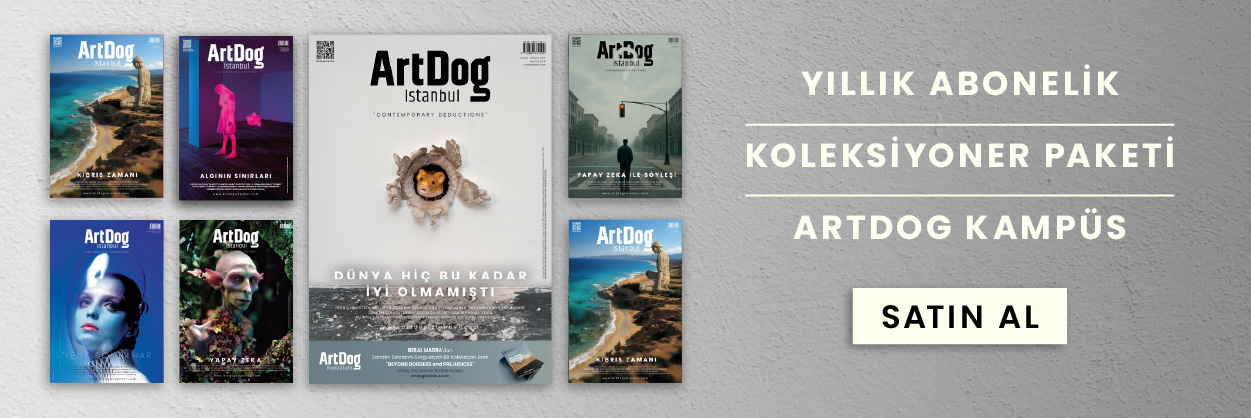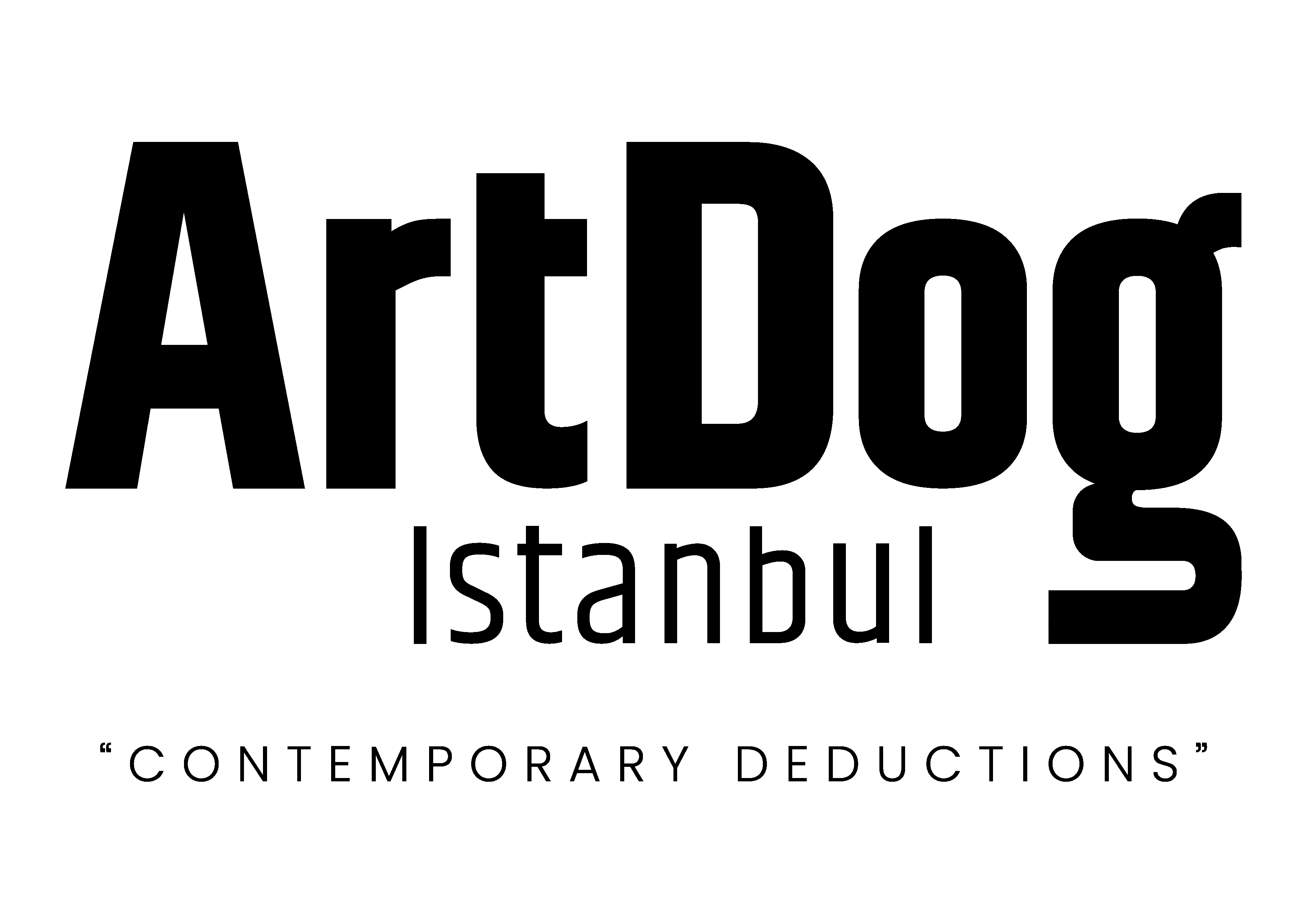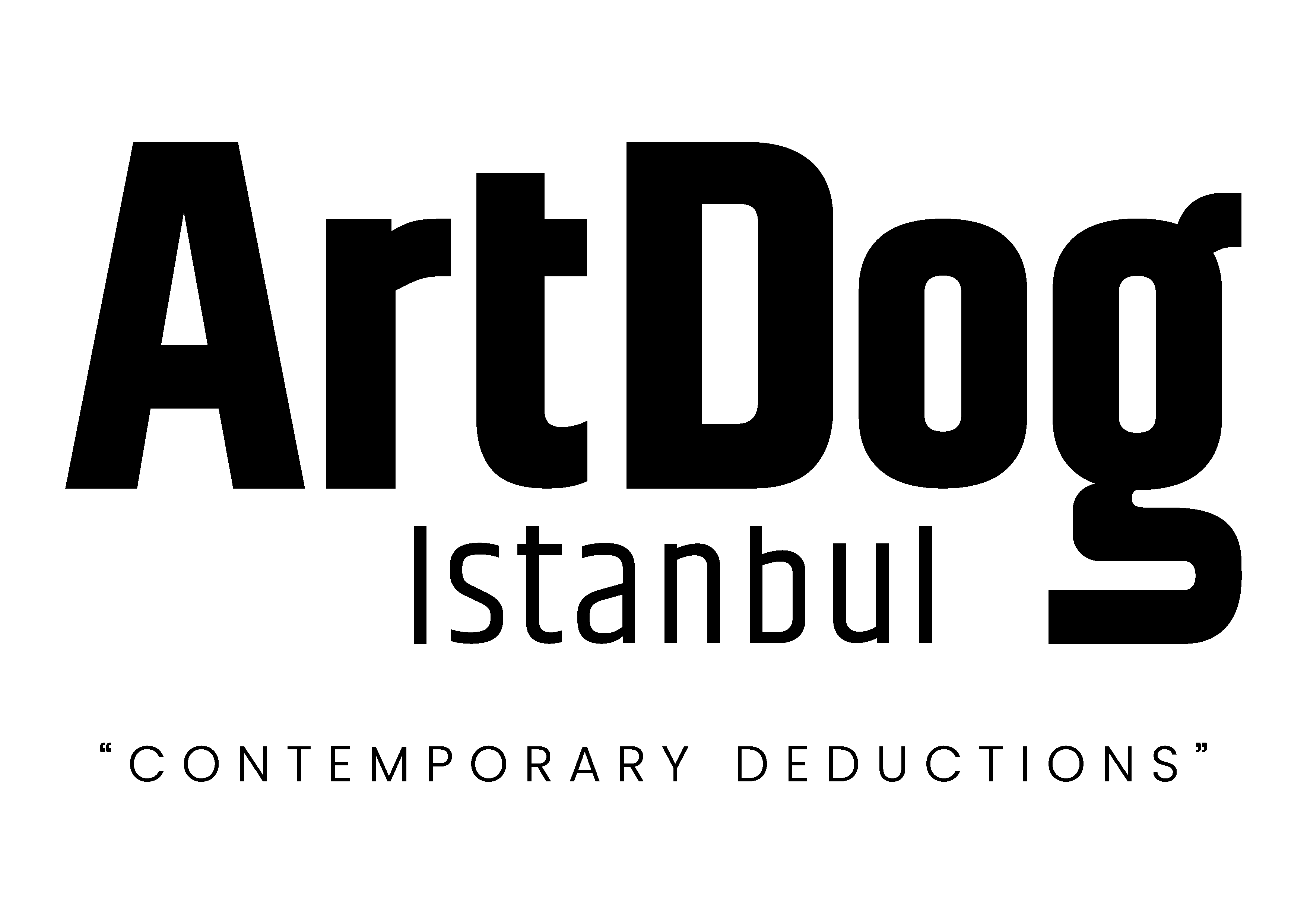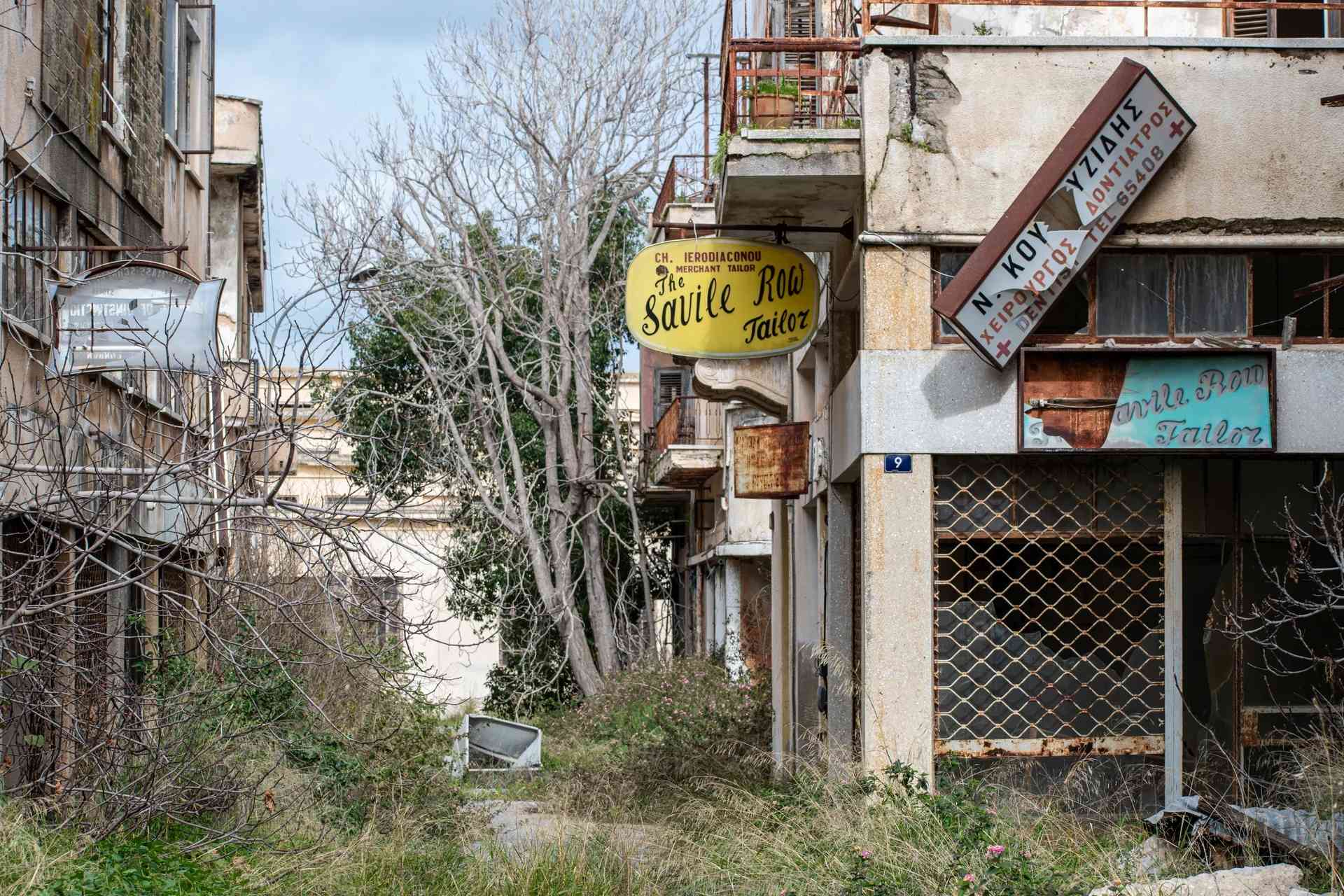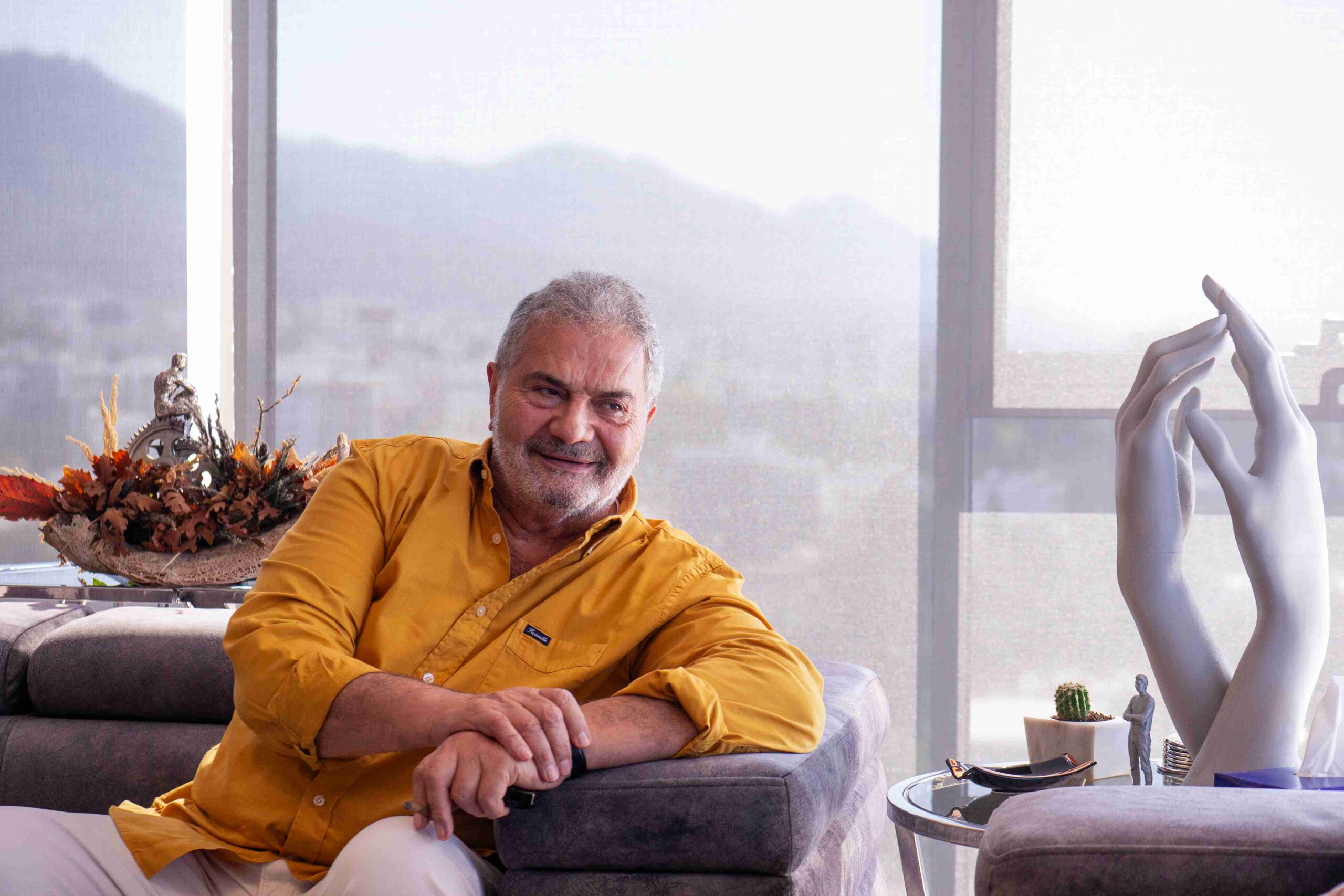Located in eastern Cyprus, Maraş (Greek: Varosha), which is part of Gazimağusa, was a resort town that gained fame as the “Las Vegas of the Mediterranean” throughout the 1960s and 1970s, hosting the world’s jet set. The area, frequented by celebrities such as Sophia Loren, Marilyn Monroe, and Elizabeth Taylor, was a magnet with approximately 10,000 hotel rooms, 45 hotels, 3,000 properties, 99 entertainment venues, and 3,500 businesses. Today, it is a surreal ghost town that embraces both memory and the future, with shops visible among the cacti and buildings whose exquisite architecture remains preserved.
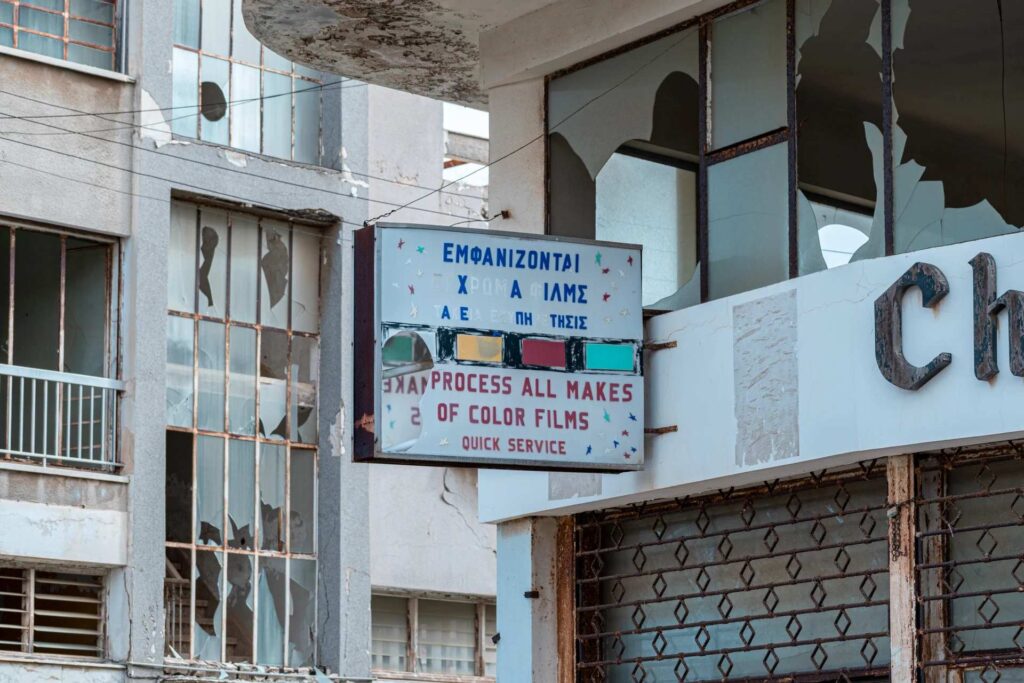
Historical Peak: 1960–1974
With its sheltered beaches, modern architecture, and lively nightlife, Maraş was one of the most valuable tourist destinations not only in Cyprus but also in the Mediterranean. In 1973, Maraş alone accounted for 60% of the island’s tourism revenue and surpassed Turkey’s coastline in terms of bed capacity. Areas lined with luxury hotels such as “JFK Street” were popular not only with vacationers but also with business and cultural travelers.
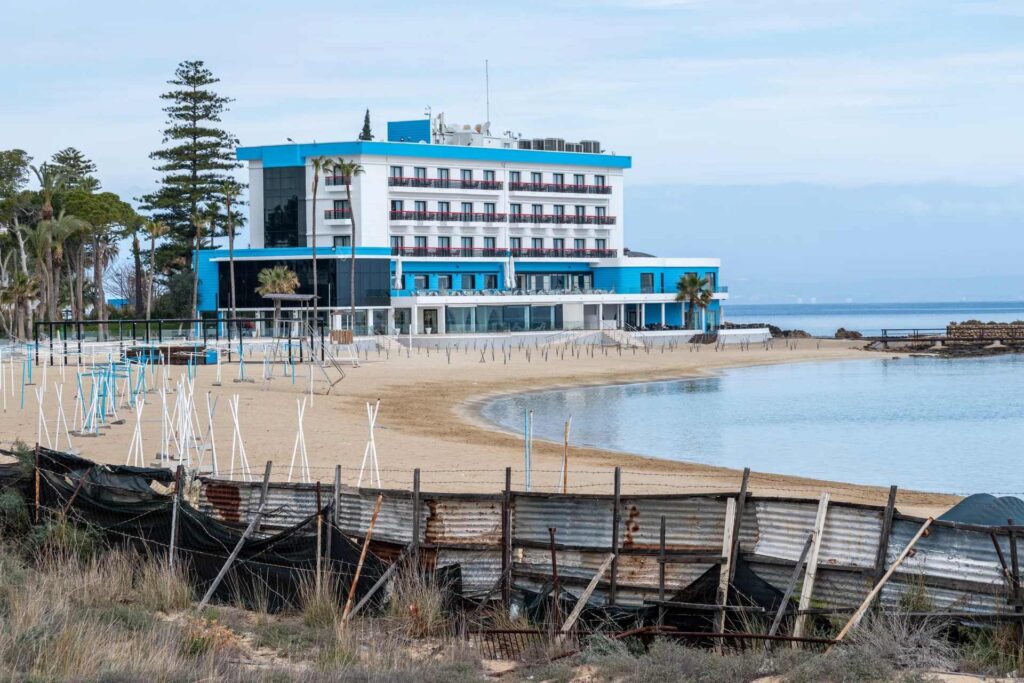
1974 and the Freezing of a City
After the Cyprus Peace Operation in July–August 1974, Maraş came under the control of the Turkish Armed Forces. The entire Greek Cypriot population left their homes and migrated to southern Cyprus.
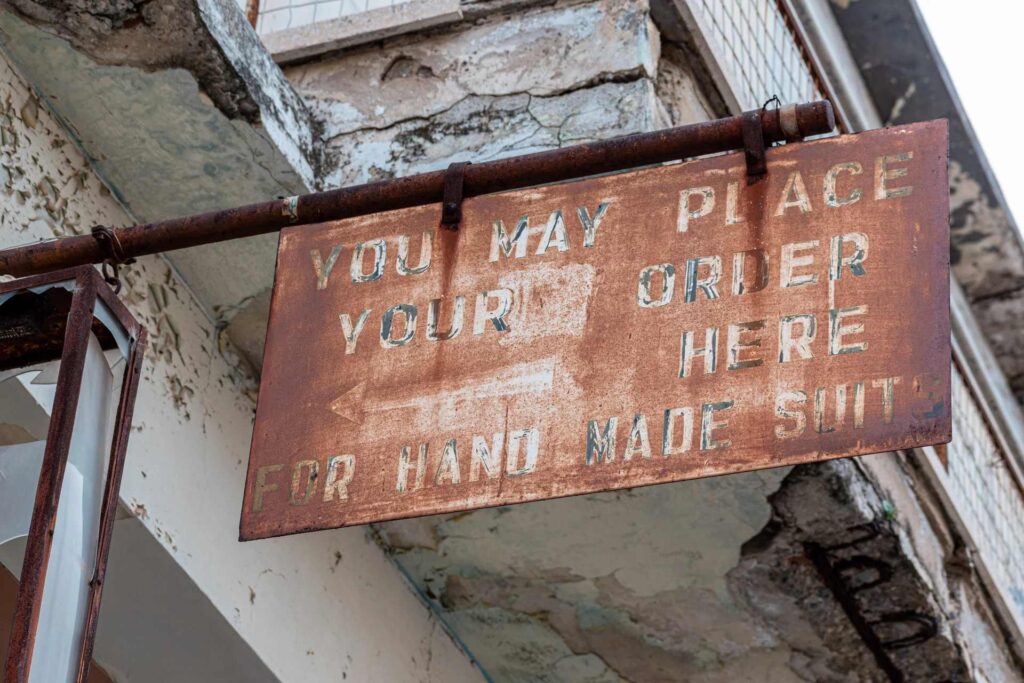
Despite UN resolutions, the area turned into a “ghost town” — the items left behind created a frozen image of time, as seen in movies. In 1984, the UN Security Council emphasized its decision to close Maraş to settlement by anyone other than its original inhabitants.
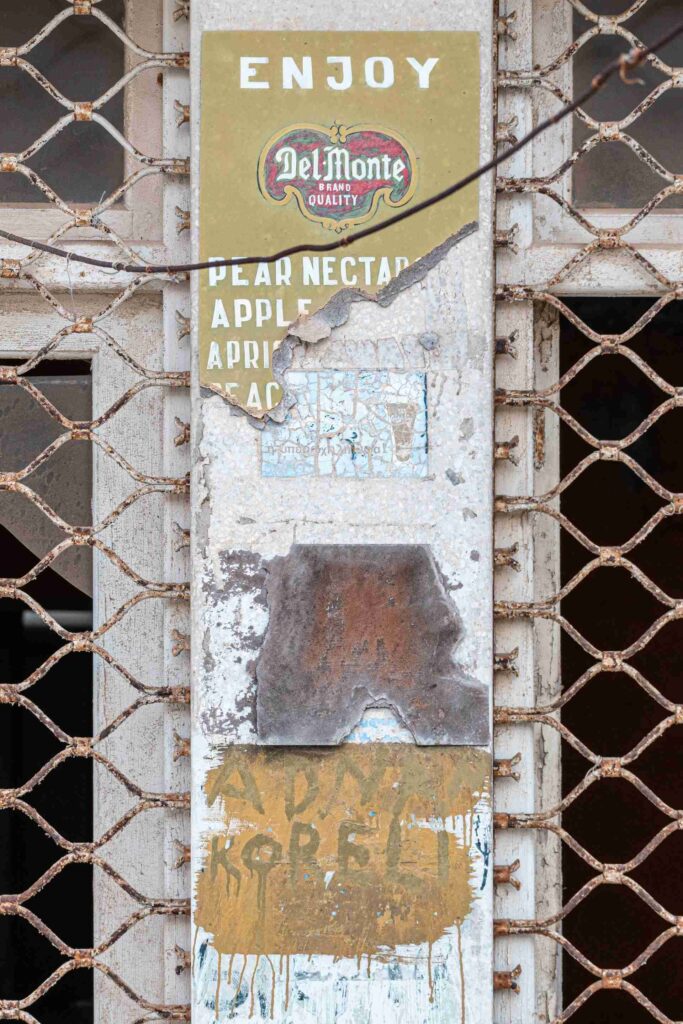
Heritage and Cultural Values
As nature reclaimed Maraş, it became an example of “frozen time” in cultural memory. Alan Weisman examined Maraş in his book The World Without Us and described the region as “a postcard from the future.”
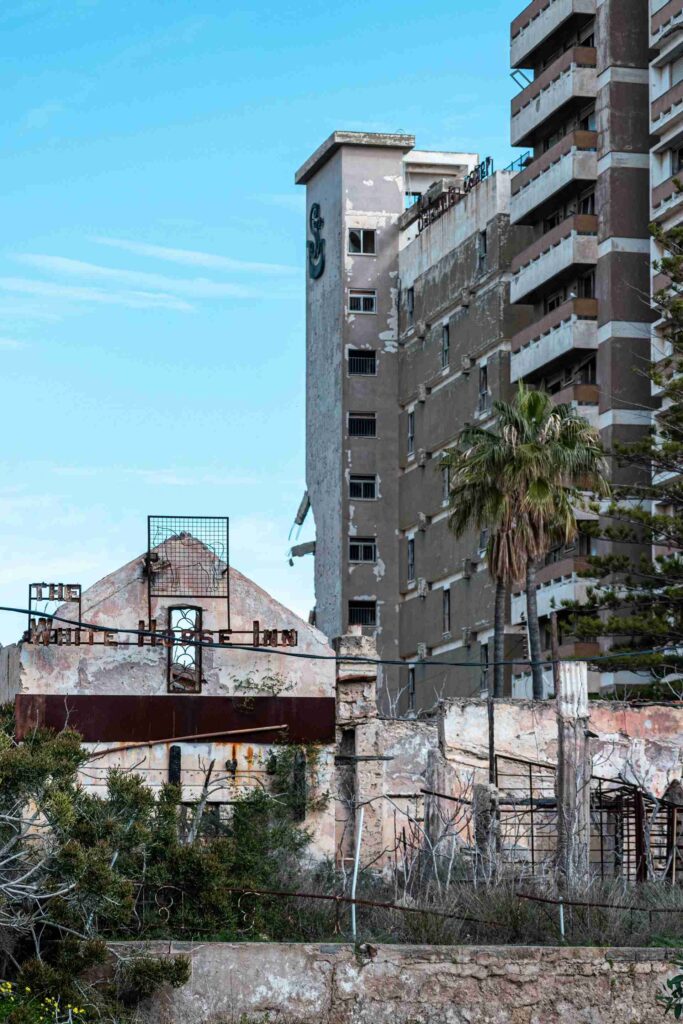
Maraş, which has become a symbol of collective memory for both Turkish and Greek Cypriot communities, lies at the heart of the search for peace.
After 2020: Partial Reopening
In 2020, a small part of Maraş was opened to visitors through cooperation between the TRNC and Turkey. In 2022, the number of visitors exceeded 500,000. In August 2024, it was announced that the number of visitors had exceeded 2 million.
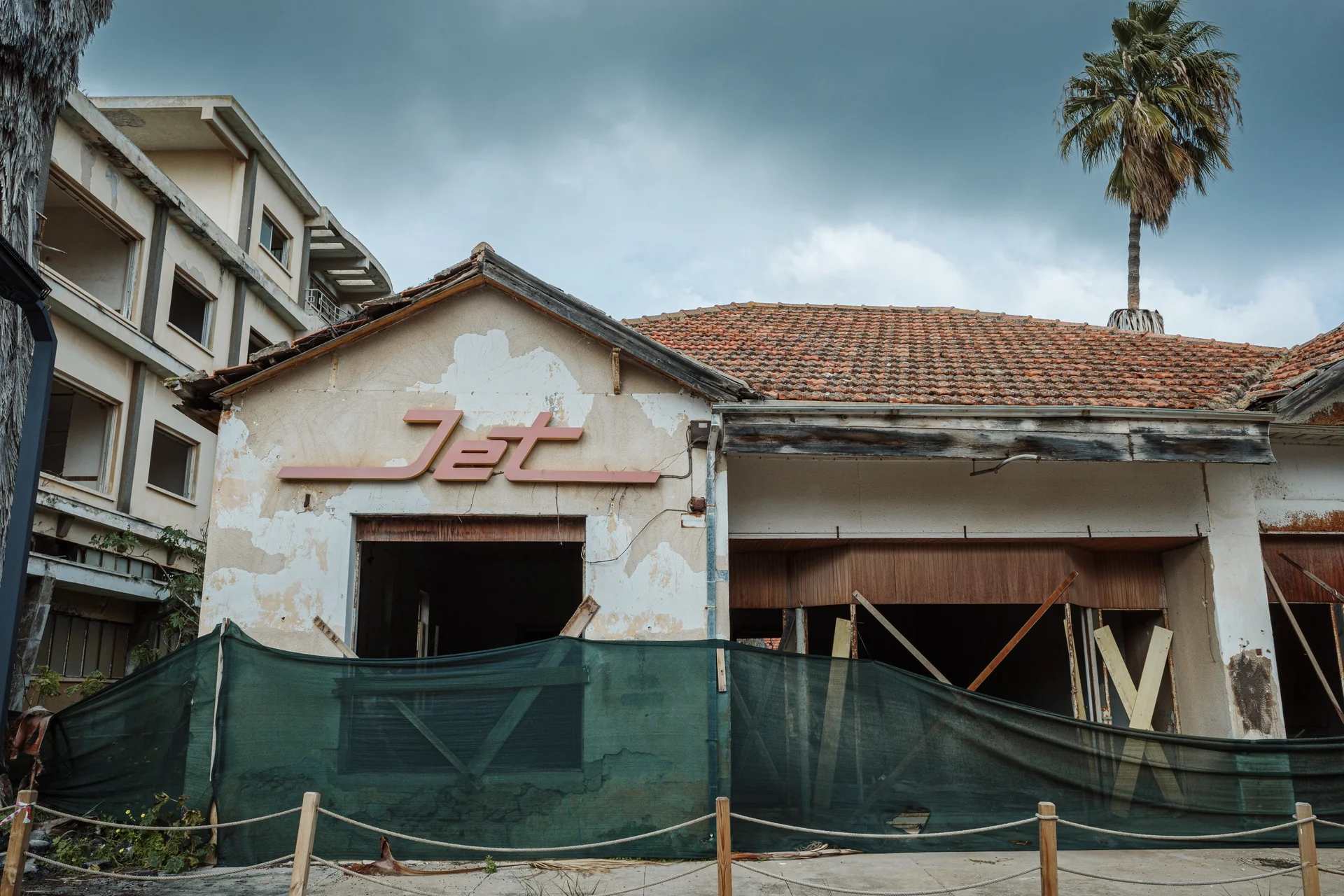
Maraş, which has become a symbol of collective memory for both Turkish and Greek Cypriots, is at the center of the search for peace.
Post-2020: Partial Reopening
In 2020, a small part of Maraş was opened to visitors through the cooperation of the TRNC and Turkey. In 2022, the number of visitors exceeded 500,000. In August 2024, it was announced that the number of visitors had exceeded 2 million.
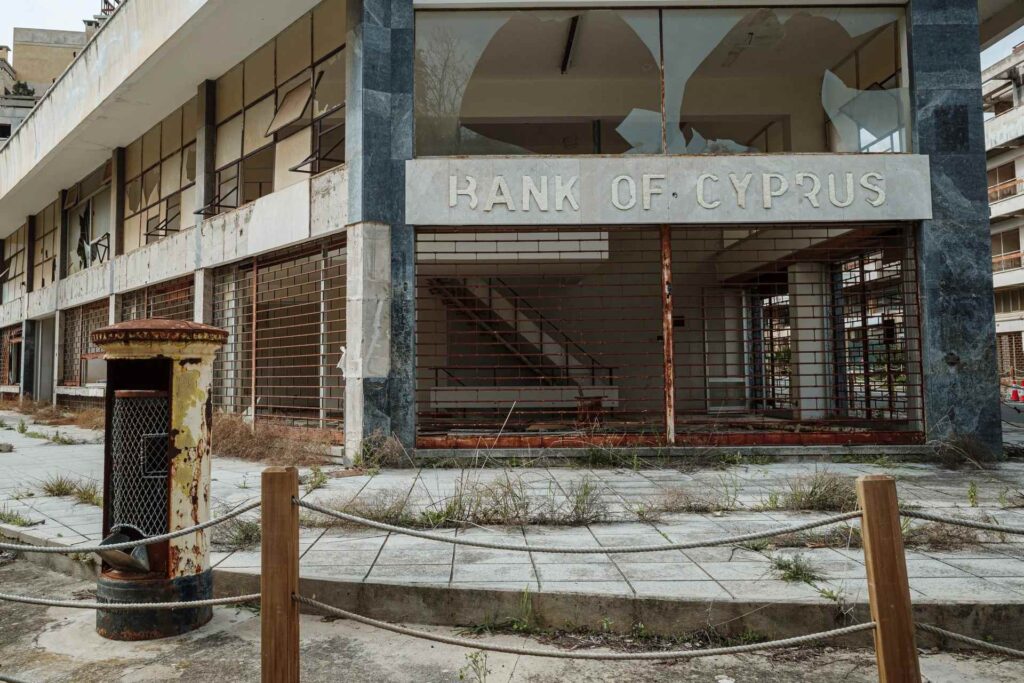
Between 1960 and 1974, Maraş was a magnet, a must-visit destination for the jet set, with a bed capacity that exceeded Turkey’s. During these years, it enjoyed its golden age. After 1974, it became a “ghost town,” existing more for its symbolic importance than anything else, abandoned for over 45 years. Following its partial reopening in 2020, the area now attracts millions of visitors annually, continuing to exist as a uniquely special place that still carries the trauma of its past.
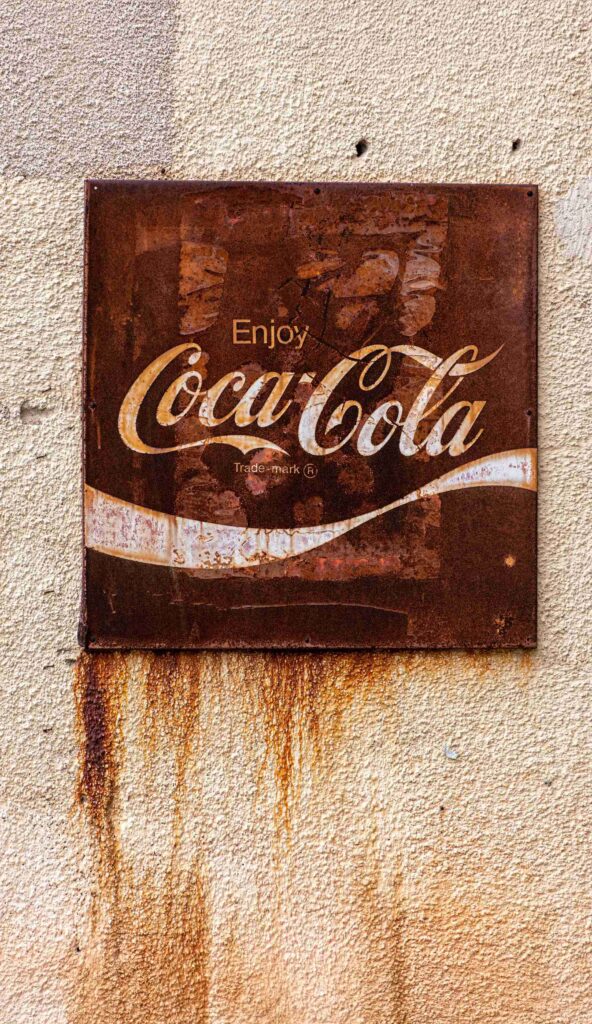
Varosha–Maraş is not only a remnant of the past, but also a space for reflection on the future. It retains its importance as one of the rare places where cultural heritage, politics, tourism, and the search for peace intersect.

